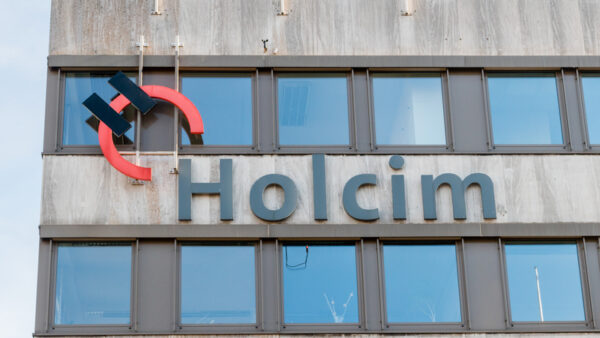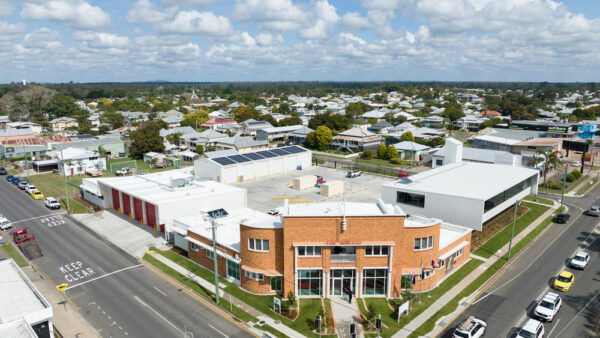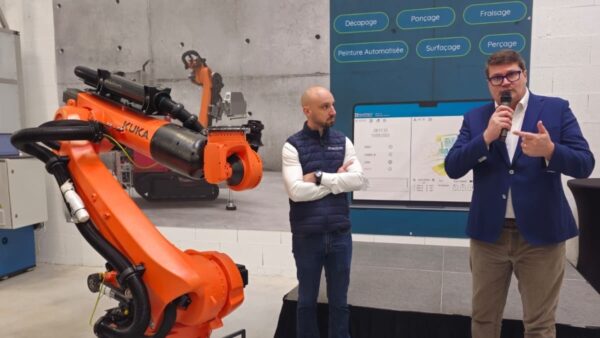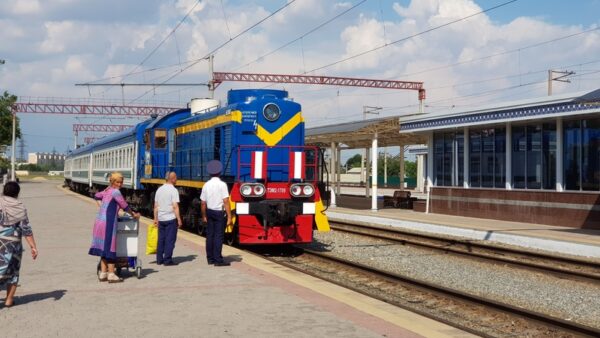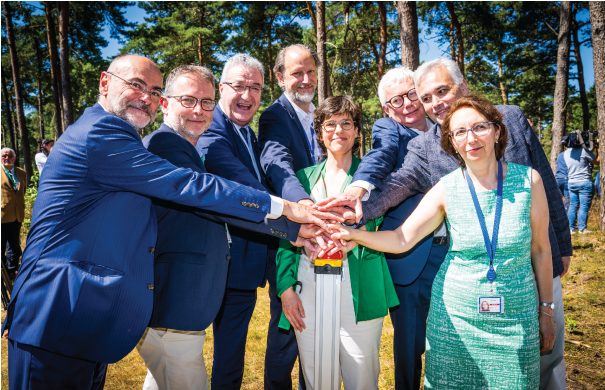
The Belgian Nuclear Research Centre has started building a €1.6bn research reactor to replace its ageing BR2 reactor in Mol, near Antwerp.
Called “Myrrha”, it’ll be used for research into cancer treatments, fundamental physics, fusion materials, and the processing of radioactive nuclear waste.
It will also be the world’s first research reactor to have a 300m-long particle accelerator.
Belgium’s energy minister Tinne Van der Straeten said the new facility would open “a new chapter in our tradition of excellent nuclear research and medical radioisotope production”.
She said it would also preserve jobs in the Kempen region.
Myrrah is being built in three phases.
The first will be the construction of the 57MW accelerator, called “Minerva”, that will fire a beam of protons at a target made of lead and bismuth that is connected to a subcritical reactor.
In the second phase, the particle accelerator will be expanded to include a capacity to beam radioactive isotopes, and in the third, the reactor itself will be built.
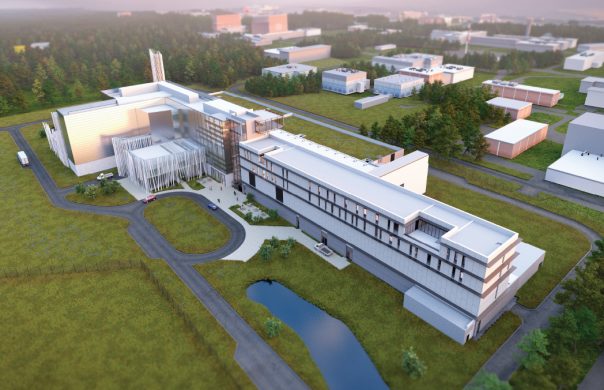
Myrrha is expected to start operating in 2038.
The long problem of nuclear waste
The physicist leading the project, Hamid Aït Abderrahim, said the reactor might help find a way to reprocess waste from nuclear power plants, which would otherwise remain radiotoxic for up to 300,000 years.
He said: “Our research shows that we can return nuclear waste to its natural radiotoxicity levels after only 300 years. This would allow us to reduce the problem of nuclear waste from a geological to a human timescale.
“After 40 years of operations, Belgium’s high-level nuclear waste is enough to cover a football pitch in a layer 50cm deep. With the technology we are researching with Myrrha, we can reduce that to 5mm.”
The Belgian government is covering 40% of Myrrha’s cost. Other funding sources include the EU and the European Investment Bank.
The accelerator–reactor project was conceived in 1998 and approved by the Belgian government in 2018.
- Subscribe here to get stories about construction around the world in your inbox three times a week.
Further reading:


